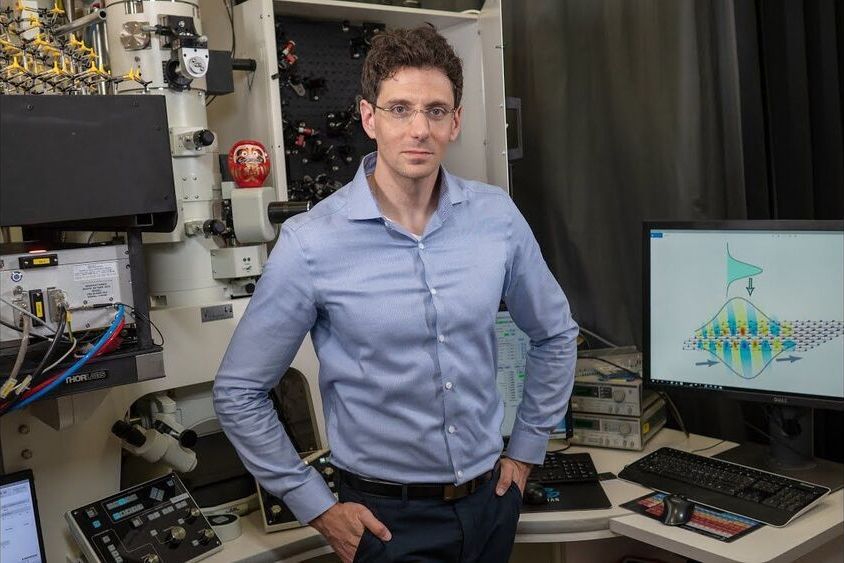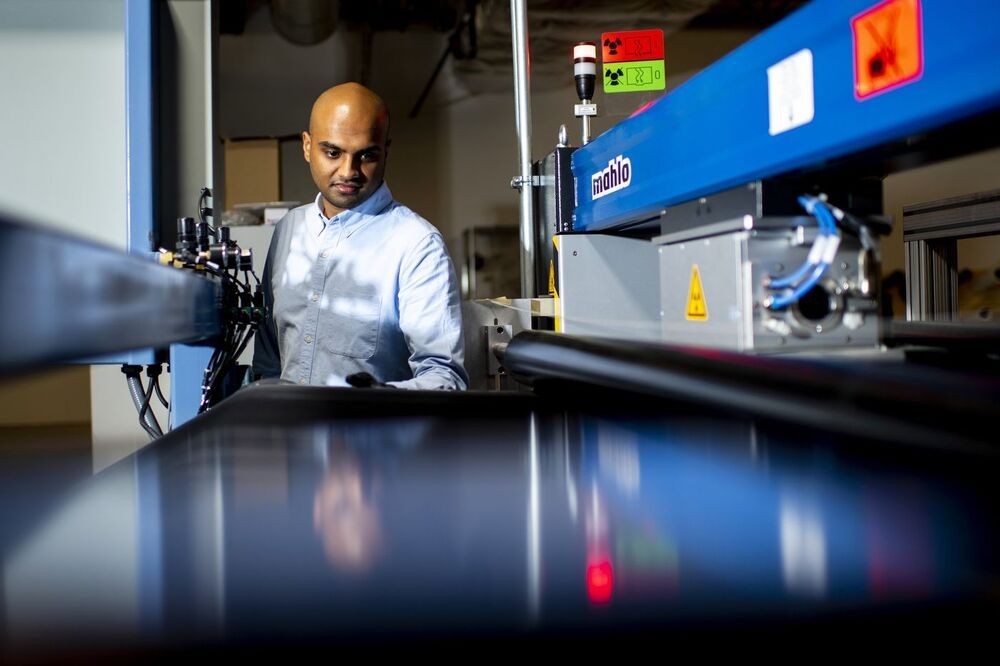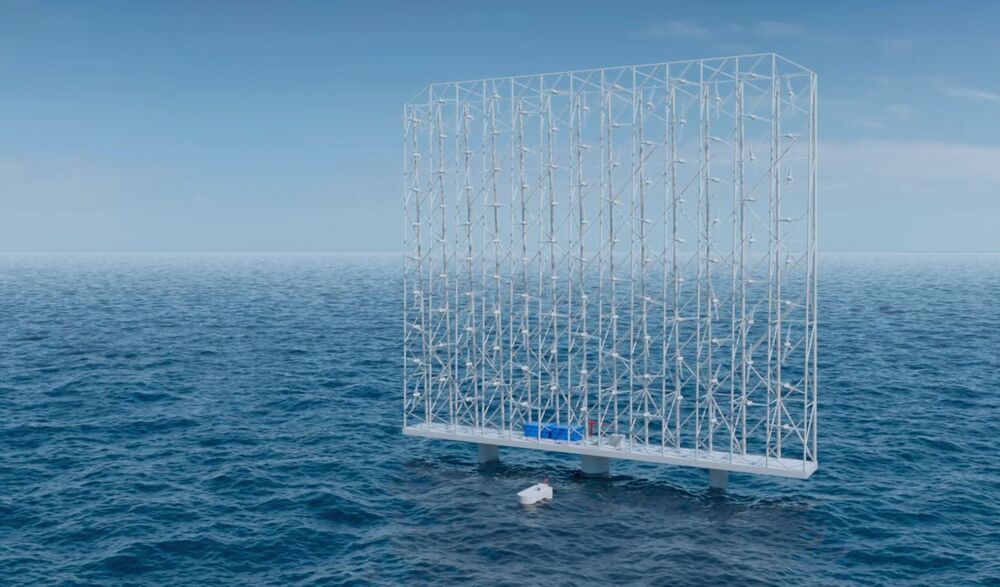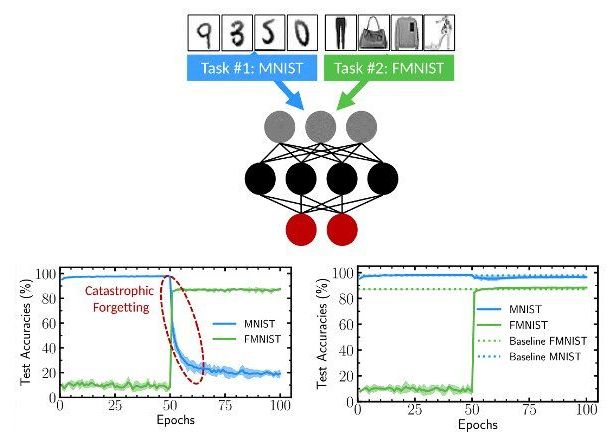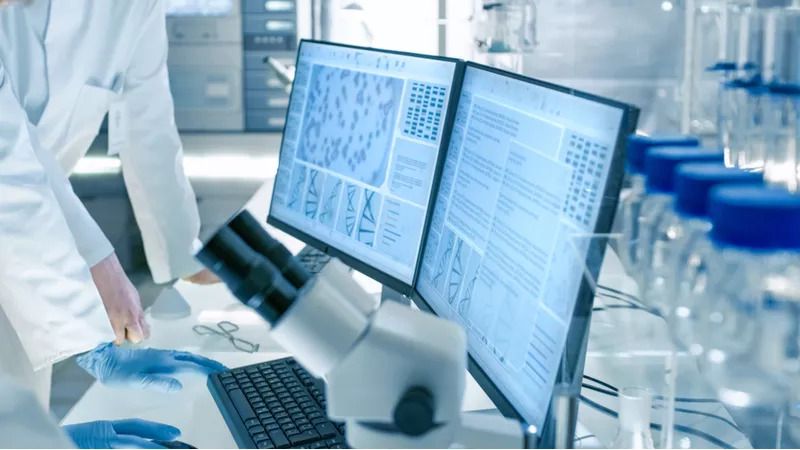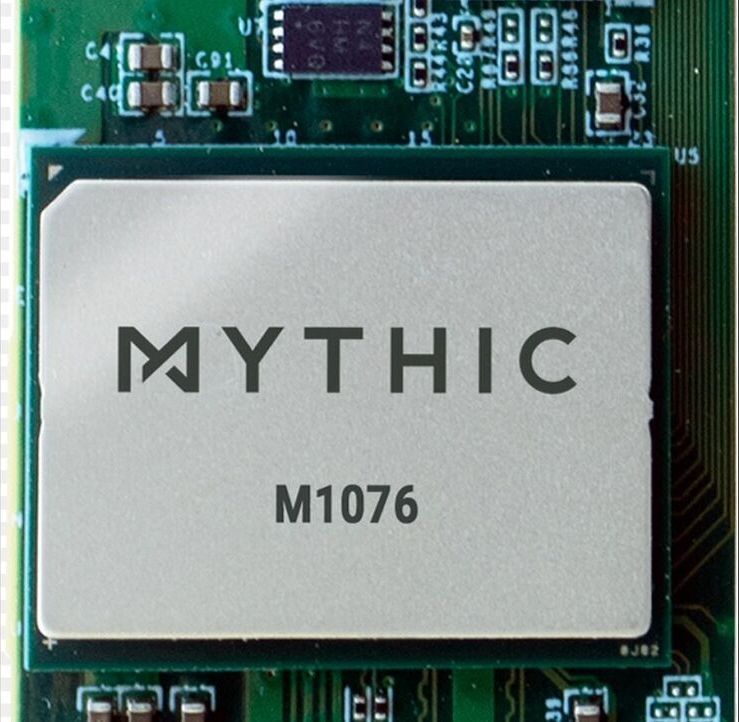Jun 12, 2021
Sam Altman on the A.I. Revolution, Trillionaires and the Future of Political Power
Posted by Derick Lee in categories: employment, robotics/AI
But what struck me about his essay is that last clause: “if we as a society manage it responsibly.” Because, as Altman also admits, if he is right then A.I. will generate phenomenal wealth largely by destroying countless jobs — that’s a big part of how everything gets cheaper — and shifting huge amounts of wealth from labor to capital. And whether that world becomes a post-scarcity utopia or a feudal dystopia hinges on how wealth, power and dignity are then distributed — it hinges, in other words, on politics.
Will A.I. give us the lives of leisure we long for — or usher in a feudal dystopia? It depends.

